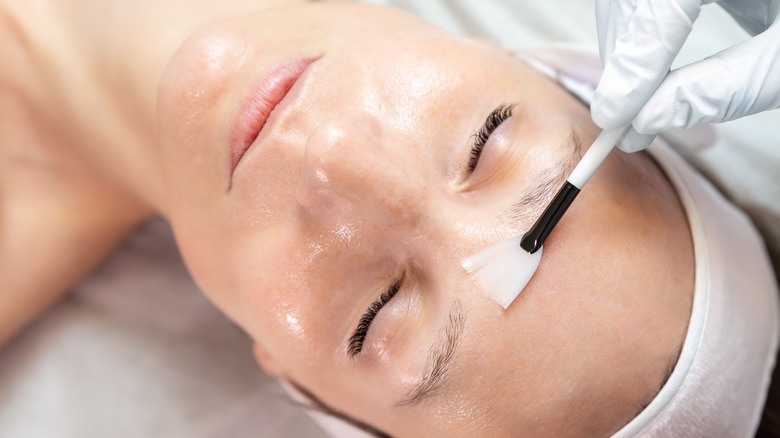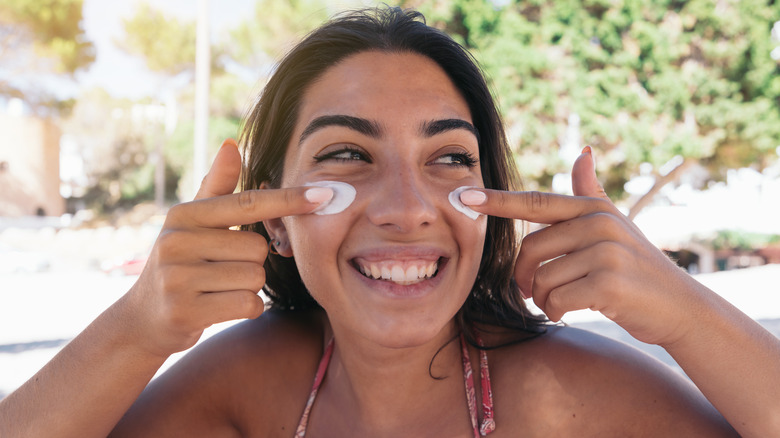How To Care For Your Skin After A Chemical Peel
A chemical peel treatment can help your skin look younger and smoother. This procedure uses acids such as alpha hydroxyl — also known as beta salicylic acid — trichloroacetic acid, and phenol, which are applied to your skin by a doctor. You can undergo a superficial or deep peel, depending on the results you are hoping to achieve. A deeper peel can give longer-lasting results and is usually used to treat deeper lines and wrinkles. On the other hand, a superficial peel doesn't go as deep and is typically used to treat discoloration and blotches on the skin.
Chemical peels can improve your skin's texture and appearance by removing dead skin buildup and excess oil, helping facilitate faster rejuvenation. The procedure typically gives your face a fresher look with minimized pores and a healthier surface. If you decide to go with a chemical peel, make sure to strictly follow after-treatment care for the best results.
Practice a simple daily skincare routine
After a chemical peel, following a simple skincare routine is highly encouraged. Most people feel a little stinging sensation during and after the peel, the intensity of which can vary depending on the level of treatment. Thus, avoiding putting a lot of product on the treated area is important. As board-certified dermatologist at Schweiger Dermatology Grou, Dr. Michele Farber told InStyle, "Use a gentle, non-soap cleanser to wash the skin. Follow with a fragrance-free moisturizer, ideally a thicker cream to help hydrate sensitive skin." In fact, you should always think twice before using scented moisturizers because they can cause skin reactions.
Following your chemical treatment, your skincare routine should only contain products that can help moisturize and hydrate the skin. Your skin will be susceptible to irritation, so it's best to use products with ingredients that help protect your skin barrier, such as glycerin, hyaluronic acid, lactic acid, shea butter, and vitamins C and E.
One product that's a big no-no is a skin exfoliator. Under normal circumstances, you should only be exfoliating a few times a week, but since chemical peels are considered maximum-strength exfoliants, it's not necessary for your post-treatment skincare routine. Over-exfoliating can cause more harm than good, so give your skin a break and let it heal before trying to scrub it off again.
Avoid sun exposure and steer clear of makeup for a while
After a chemical peel, avoiding sun exposure is highly advised since your skin will be very fragile. Aside from frequently applying moisturizer, it's also essential to use sunscreen often. The sun's harmful UV rays can be dangerous for the newly treated area and even cause scarring or infections. Though you should always protect your skin from sun damage, it's particularly important after a chemical treatment, and it's best to avoid the sunlight until your skin has completely recovered. If you cannot stay out of the sun, make sure to consistently apply sunscreen — preferably SPF 30 or higher — for at least six weeks after the procedure.
It is also encouraged to avoid using makeup until your skin is completely healed. Cosmetics are not sterile and can potentially irritate the skin. Depending on the depth of your peel, you may need to steer clear of makeup for days or weeks. As Dr. Harold Kaplan told themakeup.org, a superficial peel needs a wait time of at least 24 hours, while a deep chemical treatment requires a minimum of two weeks before you should dip your hand back in your beauty bag.


